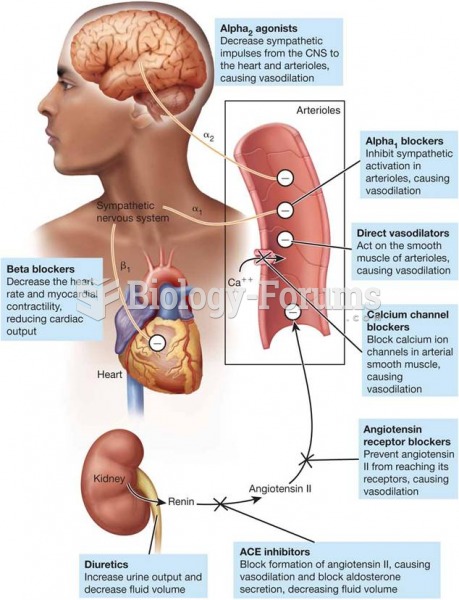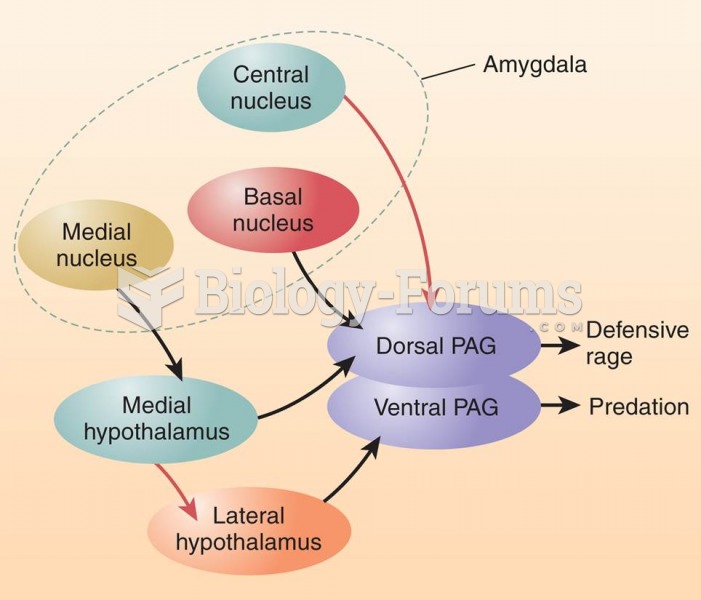Answer to Question 1
2
Rationale 1: Once the impulse reaches the spinal cord, neurotransmitters pass the message along to the next neuron.
Rationale 2: The alpha fibers are wrapped in myelin; the C fibers are not.
Rationale 3: A pain impulse travels to the spinal cord via alpha and C fibers.
Rationale 4: Myelin is a lipid substance that speeds nerve transmission.
Global Rationale: A pain impulse travels to the spinal cord via alpha and C fibers. The alpha fibers are wrapped in myelin (a lipid substance that speeds nerve transmission); the C fibers are not. Once the impulse reaches the spinal cord, neurotransmitters pass the message along to the next neuron.
Answer to Question 2
4
Rationale 1: Repeating the international normalized ratio (INR) is appropriate but not the highest priority.
Rationale 2: Protamine sulfate is the antidote for heparin, not warfarin.
Rationale 3: Consulting the physician is appropriate but not the highest priority.
Rationale 4: Vitamin K is the antidote for warfarin (Coumadin) overdose, and its administration is warranted with an international normalized ratio (INR) of 7.
Global Rationale: Vitamin K is the antidote for warfarin (Coumadin) overdose, and its administration is warranted with an international normalized ratio (INR) of 7. Repeating the international normalized ratio (INR) is appropriate, but the patient must receive vitamin K immediately. Protamine sulfate is the antidote for heparin, not warfarin. Consulting the physician is appropriate, but the patient must receive vitamin K immediately.







